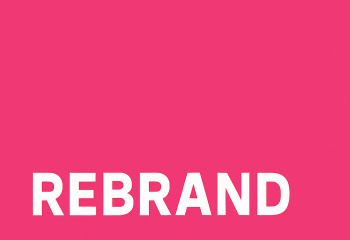
Viv Harries is the Founder of Vivi Creative. He works with businesses to give them the creative edge with unique designs and a solid brand identity.
recent posts
- What Is Branding? A Guide for Business Owners in 2025
- Thinking About Rebranding Your Business in Wales? Here’s What You Need to Know
- How to Build a Brand That Connects Emotionally with Your Audience
- How to Build a Website That Actually Converts Visitors into Customers
- The Ultimate Guide to Branding for Welsh Businesses in 2025
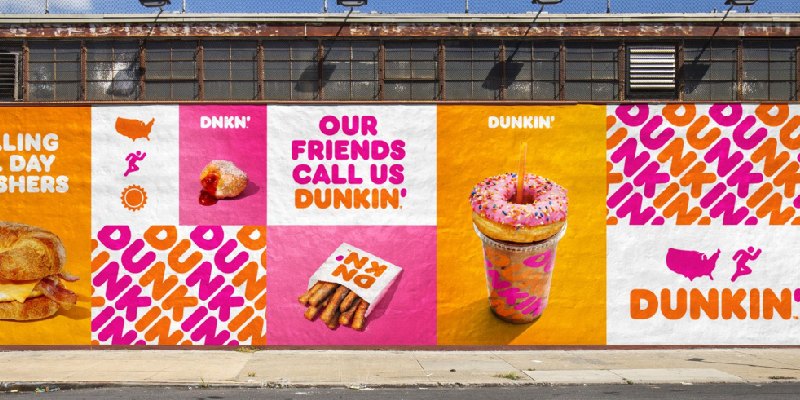
The power of rebranding
A well-executed rebrand can breathe new life into a brand, it can enhance its relevance and most importantly create a lasting impact in the minds of consumers. Rebranding goes beyond simply changing a logo or colour scheme; it encompasses a holistic approach to redefine a brand's identity, values, and positioning in the market. Successful rebrands not only rejuvenate a company's image but also contribute to its overall growth and success. Through careful analysis, creative thinking, and collaboration with talented branding experts, companies have successfully navigated the rebranding process to leverage new opportunities and forge stronger connections with their target markets.
The most successful rebrands not only breathe new life into a brand but also position it for long-term growth and success. In this blog post, we'll explore some notable recent rebranding success stories, shedding light on the brands, reasons for the rebrand, the impact on the company, and the creative minds behind their successful transformations.
Slack
In 2020, Slack underwent a significant rebranding to cement its position as the go-to collaboration platform for businesses. The new logo featured a simplified, abstract design, emphasising the brand's flexibility and adaptability. The rebrand aimed to showcase Slack as more than just a communication tool, but rather a platform that fosters productivity and seamless teamwork. The branding work was carried out by the renowned agency Pentagram. While the exact cost of the rebrand is undisclosed, it is believed to have been a multi-million dollar investment. The rebrand helped Slack maintain its competitive edge in the market, attracting new users and strengthening its position as a leader in the digital workplace solutions sector.
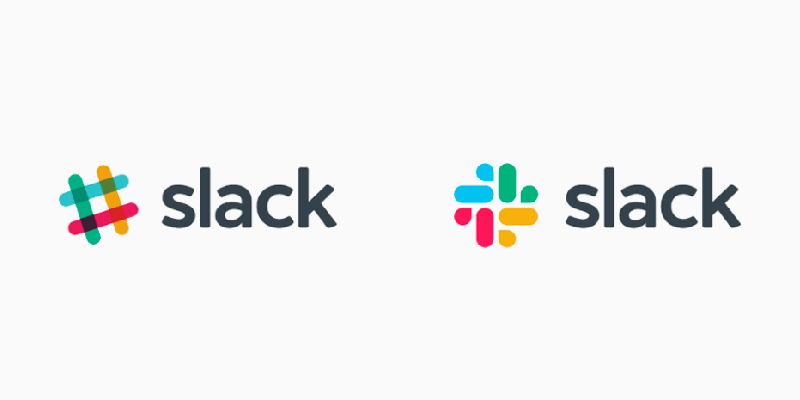
Airbnb
In 2014, Airbnb transformed its identity from a simple home-sharing platform into a global travel brand. The new logo, nicknamed the "Bélo," represented a sense of belonging, as well as various aspects of travel, community, and diversity. Airbnb's rebranding was a response to its growth and the need to expand beyond its initial niche. The creative agency DesignStudio led the rebranding efforts, which reportedly cost around $1.5 million. The rebrand helped Airbnb connect with a wider audience, foster trust and credibility, and solidify its position as a disruptor in the hospitality industry.
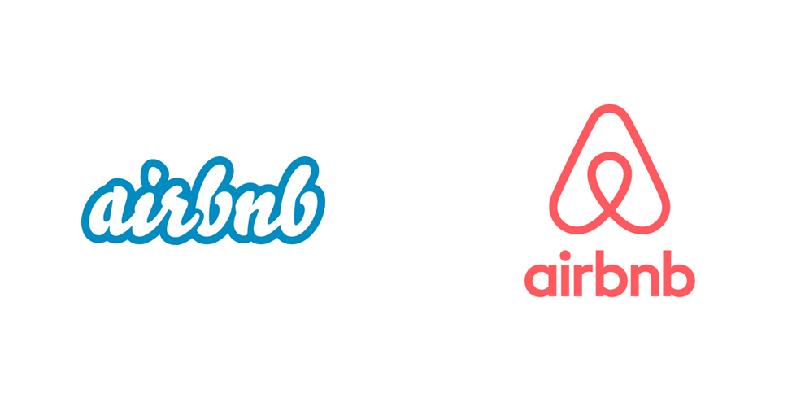
Mastercard
In 2016, Mastercard underwent a subtle yet impactful rebranding to modernise its iconic logo. The updated design removed the brand name and focused on the intersecting red and yellow circles—a universally recognised symbol of payment. The rebranding aimed to leverage Mastercard's brand equity while adapting to the digital era. The renowned agency Pentagram spearheaded the rebranding efforts. The exact cost of the rebranding is undisclosed, but the impact on Mastercard's brand recognition and customer trust has been significant. The simplified logo helped Mastercard in its competitive market by enhancing brand recall and solidifying its position as a global payment leader.
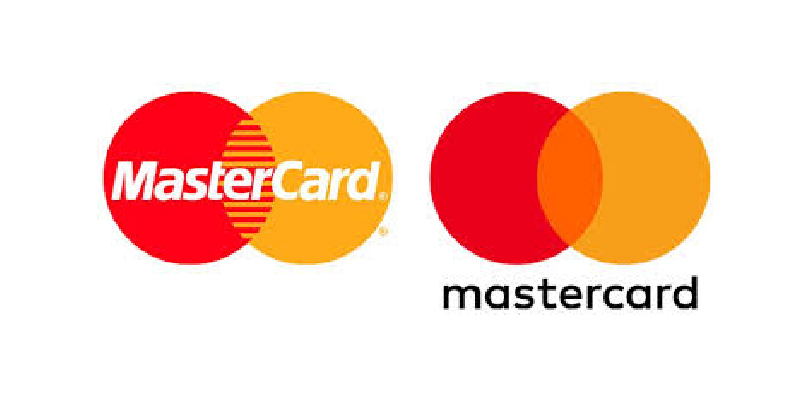
Dunkin' (formerly Dunkin' Donuts)
In 2018, Dunkin' Donuts rebranded itself as simply "Dunkin'," signaling a shift from a donut-focused brand to a beverage-centric one. The new branding featured a fresh, minimalist logo and a renewed emphasis on its wide range of beverages. The rebrand aimed to showcase Dunkin's versatility, cater to evolving consumer preferences, and position the brand beyond traditional breakfast options. The in-house design team at Dunkin' spearheaded the rebranding efforts, making it a cost-effective initiative for the company. The rebranding paid off, enabling Dunkin' to attract a younger demographic, diversify its offerings, and compete more effectively in the highly competitive fast-food industry.
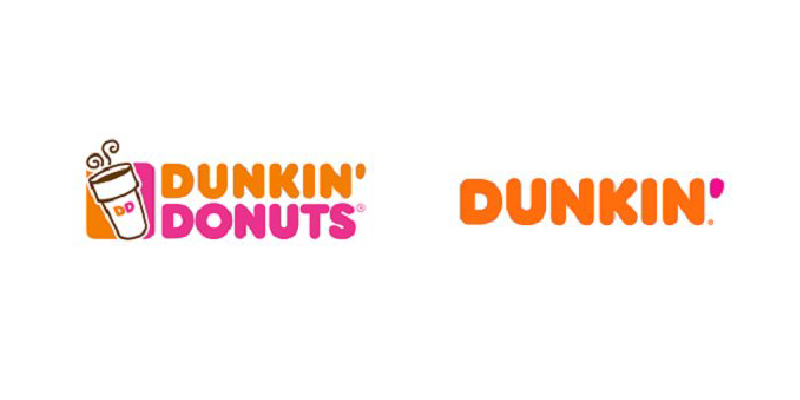
In 2015, Google introduced a new logo and visual identity to reflect its evolution from a search engine to a diversified technology company. The new logo featured a refined sans-serif typeface and vibrant colors. The rebranding aimed to portray Google as a more approachable, adaptable, and user-centric brand. The in-house design team at Google led the rebranding efforts, making it a cost-effective venture. The rebrand helped Google maintain its relevance, emphasise its diverse product offerings, and strengthen its position as a leader in the tech industry.

Burberry
Burberry, the iconic British luxury fashion brand, underwent a major rebranding in 2018. The transformation was led by renowned designer Riccardo Tisci, who aimed to rejuvenate the brand and make it more relevant to a younger demographic. The rebrand included a new logo, monogram, and a refreshed visual identity. The objective was to strike a balance between Burberry's rich heritage and a modern, fashion-forward aesthetic. The rebranding efforts helped Burberry attract a new audience, reestablish its position as a luxury fashion powerhouse, and drive significant growth in sales and brand equity.
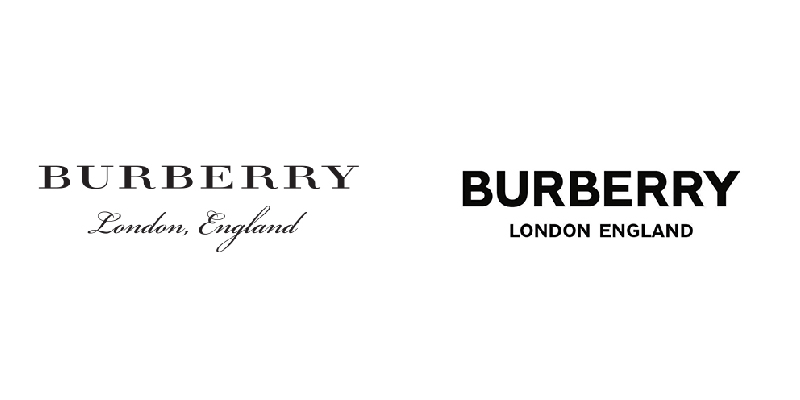
The success stories of rebranding showcased in this article vividly demonstrate the transformative power of strategic brand reinvention. In an ever-evolving business landscape, where staying relevant is paramount, companies have harnessed the potential of rebranding to drive growth, capture new markets, and build lasting connections with their audiences.
Through the expertise of creative agencies, in-house design teams, and visionary leaders, these rebranding initiatives have revitalised brands, infused them with fresh perspectives, and positioned them for long-term success. Whether it's Slack's pivot from a communication tool to a productivity platform, Airbnb's expansion from a home-sharing service to a global travel brand, or Mastercard's evolution into a simplified symbol of digital payments, each rebranding effort has brought strategic advantages and tangible benefits.
By investing in rebranding, companies have embraced change, adapted to market demands, and effectively communicated their value propositions to consumers. These transformations have enabled them to gain a competitive edge, attract new customers, and foster trust and loyalty in crowded industries. Moreover, rebranding has facilitated diversification, embracing innovation, and amplifying brand equity, leading to increased market share and enhanced financial performance.
As the business landscape continues to evolve, the importance of rebranding as a strategic tool cannot be overstated. It allows brands to embrace new opportunities, align with shifting consumer preferences, and stand out in the marketplace. Successful rebrands require careful analysis, creative vision, and a deep understanding of the target audience, ensuring that the brand's essence remains intact while evolving with the times.
In conclusion, the remarkable rebranding success stories we explored in this article serve as beacons of inspiration for businesses seeking to reinvent themselves. They highlight the potential for transformation and the rewards of embracing change. By learning from these examples, companies can unlock the power of rebranding, position themselves for continued growth, and navigate the ever-changing currents of the competitive market with confidence and purpose.
Thanks for reading.

